How do you attach to your partner?
by Jessica Miro, LMFT
Many couples seek out couples’ therapy because they struggle with how they communicate with one another. They struggle with calling each other names, losing their tempers, or having frequent “miscommunications” where one person asks for something and the other person doesn’t hear them in the way they need to be heard. While working on communication is important, sometimes these miscommunications go deeper than the words used. Often times, these interpretations we take away from an interaction can be explained by our attachment styles.
Attachment styles refer to the connections we make to important figures in our life. This starts for us as infants with how we attach to our primary caregivers from the moment we are born. While our attachment styles can change over time, oftentimes they remain fairly constant from childhood to adulthood. The three main attachment styles are Secure, Anxious, and Avoidant. While the majority of us have secure attachment styles, if someone has an insecure attachment style, or we enter a relationship with someone who insecurely attaches, it can cause conflict in our relationship.
Here are a few of the hallmarks of different attachment styles and how they play out in relationships:
Secure attachment:
· Tends to have positive view of relationships and personal interactions
· Capable of drawing healthy and appropriate boundaries
· Feels secure alone as well as with a companion
· Resilient in the face of emotional hardship- can grieve, learn, and move on
Anxious attachment:
· Inclined to feel more nervous and less secure about relationships in general, romantic relationships in particular
· Reluctant to give people the benefit of the doubt and has difficulty trusting
· Very sensitive to levels of validation and reassurance in relationships
· Struggles being alone
Avoidant attachment:
· Highly self-directed and self-sufficient
· Independent both behaviorally and emotionally
· Avoids intimacy and feeling vulnerable
· Struggles with commitment and feeling ‘tied down’
· Has few close relationships, despite having many acquaintances
While people who are insecurely attached can live happy, successful lives, depending on how their attachment style compares to their partner’s attachment, conflict can arise in areas around safety, security, and trust. Attachment styles not only affect your outlook on life, but they affect the levels of anxiety you feel in your relationship. People with different attachment styles differ in:
· Their view of intimacy and togetherness
· The way they deal with conflict
· Their attitude towards sex
· Their ability to communicate their wishes and needs
· Their expectations from their partner and relationship
Do you think your attachment style differs from that of your partner’s? How do you negotiate this difference? For more information on attachment styles and their effect on romantic relationships, we recommend reading Attached by Amir Levine, or asking your therapist how you and your partner can work through your attachment differences.
